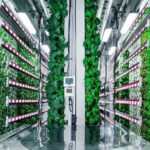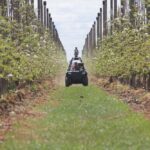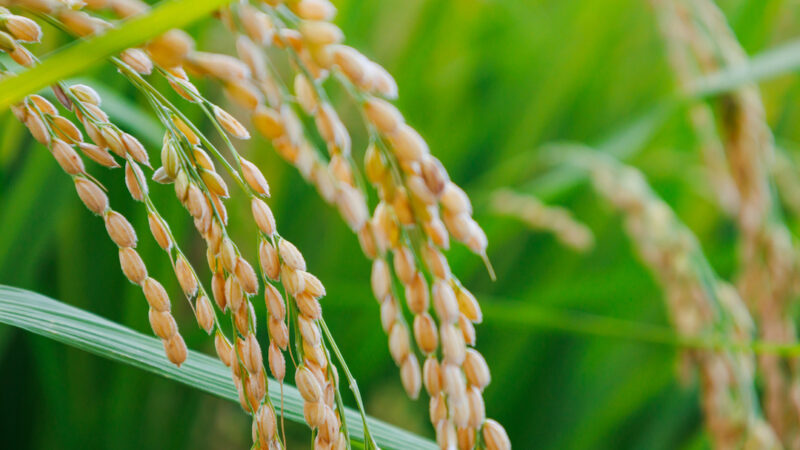Hort Innovation is working with a consortium, led by agricultural consultancy RMCG in partnership with…
Vertical farming: a revolution in food production

Australia�s city-dwellers are having a change of heart. Due to the pandemic, house prices are soaring in regional and rural areas as those used to �concrete jungles� look to escape to wide open plains and the freedom of country life. But this desire for a �tree change� will likely be short lived, and the 89 per cent of Australians who live in urban centres will, on the whole, continue to do so � a trend accelerating around the world.
It is predicted that there will be close to 10 billion people on the planet by 2050, and nearly 70 per cent of those will live in cities and urban areas.
How can we expect to feed so many people nutritious, fresh food when the majority will be living so far from the source?
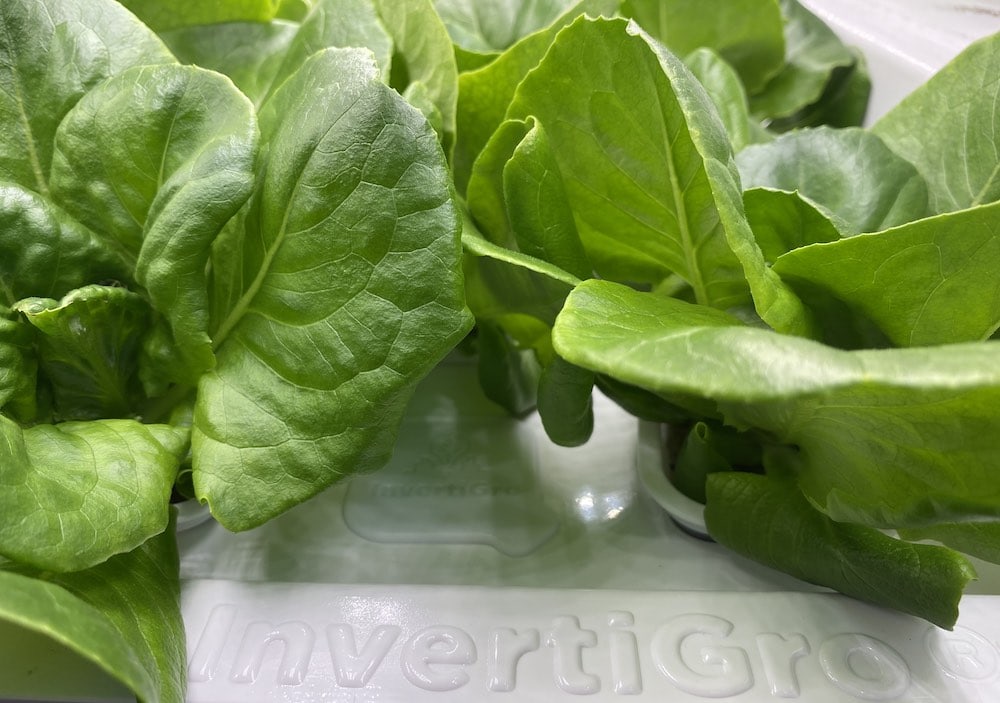
�Globally, there is an increasing awareness of the need to find more sustainable ways of doing things, including farming; there�s a growing realisation that we need to �feed the world the smarter way�,� explains Paul Millett, co-founder of InvertiGro, a vertical farming business based three kilometres from Sydney�s CBD.
�We will need to grow 56 per cent more food to feed the world�s population by 2050, and we will need to do this without using more land or water.�
Paul Millett, co-founder of InvertiGro
�Australia has always been the �lucky country� when it comes to farming, but in the last few years droughts, bushfires, floods and COVID-19 supply chain disruptions have really highlighted the need to think more innovatively about the sustainability and reliability of our food production.�
A dry future
Vertical farming has exploded in recent years, especially in the US and Europe, and the global market is expected to increase from a value of US$2.23 billion in 2018 to US$12.77 billion by 2026.
However, given our low population density and abundance of arable land, the Australian vertical farming market has been slow to take off � though all signs point to that changing in the years ahead. While vertical farming is known as a great way to make use of abandoned and unwanted urban spaces, its benefits really lie in the fact that it�s a form of controlled environment agriculture (CEA), where technology enables growers to manipulate a crop�s environment, such as temperature, humidity and pH, to the desired conditions.
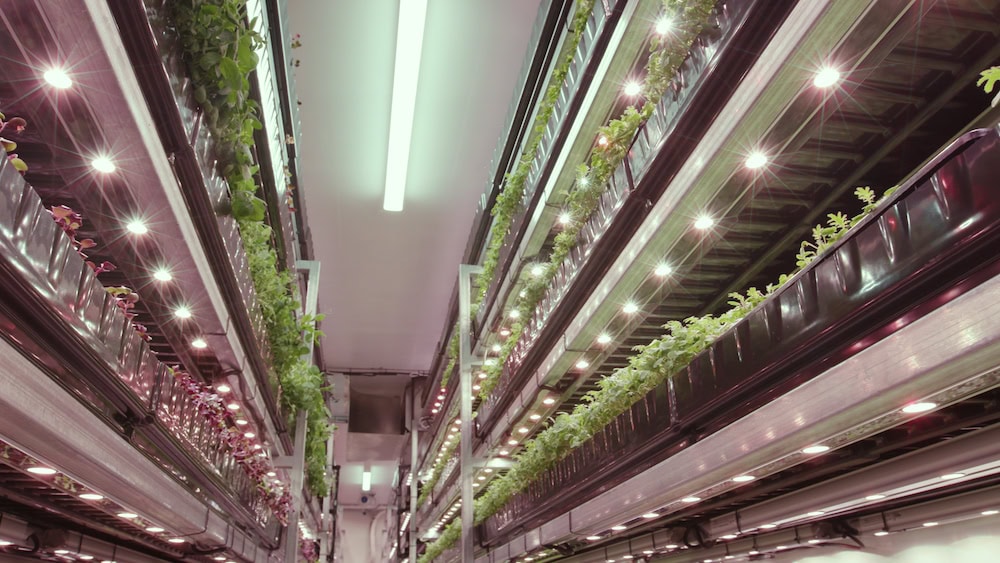
�The reason I joined Sprout Stack was not about land, but about water. We don�t have an abundance of water in Australia, and vertical farming is a much more efficient use of both water and fertiliser,� says Hugh McGilligan, CEO of Sprout Stack, a hydroponic vertical farm based in a warehouse on Sydney�s Northern Beaches that grows 450 kilograms of produce a week (and demand keeps growing). Founded in 2016, Sprout Stack�s pre-packaged salad greens hit the store within 16 hours of harvest, and that freshness is hard to beat.
Vertical farming can use up to 95 per cent less water than traditional farming methods. Australia�s leading horticulture company, Costa Group, uses only 49 litres of water to produce one kilogram of their glasshouse-grown tomatoes, compared to 216 litres needed to grow them in the field.
�Vertical farming is about maximizing outputs with fewer inputs and being more resource efficient.
�But we do borrow an awful lot from traditional farming � the more precise use of water, like drip irrigation, or the use of more intelligent and more restricted use of chemicals and fertilisers, all comes from traditional farming. I think what we could impart to traditional farmers is our response to consumer trends and customer demands.�
Hugh McGilligan, CEO of Sprout Stack
Taking the complement
�In my opinion, the biggest advantage that vertical farming offers is the ability to grow your products so close to your customers. And chefs really appreciate their farmers,� says Noah Verin, owner of Urban Green. Tucked away in four basement levels below the Shelley Street office tower at Sydney�s Barangaroo, Urban Green produces 4,000 punnets of microgreens and herbs a week, including pink kale, spicy radish, coriander, basil and cabbage.

�CEA is becoming more mainstream, but I�ve always said that vertical farming will complement traditional farming, never replace it. Why should it? It would be silly not to use the abundance of energy provided by the sun,� says Noah.
�There could be partnerships between regular farmers and vertical farmers. For example, vertical farms are the perfect environment for growing seedlings, which could then be sent to the larger farm to finish growing. On a broader level, a lot of vertical farmers are new to farming, like me, and could learn a lot from traditional farmers.�
In addition to seedling propagation, vertical farms are already being used to grow livestock feed quickly and in large quantities, often using 95 per cent less water. A 1,000 square metre vertical farm would have enough output to feed hundreds of cattle per day � a particular advantage during a long drought season.

�Vertical farming will never replace traditional farming as there are some crops that are better suited to different growing methods.�
Paul Millett, co-founder of InvertiGro
�It makes sense to grow short shelf-life crops, such as lettuce, herbs, microgreens and other leafy greens, closer to where they will be consumed, to ensure maximum freshness and nutrition with minimal wastage.
�At InvertiGro we see ourselves as supporting traditional farming, and there are many reasons why traditional farmers may want to incorporate indoor vertical farming technologies into their own operations, such as diversifying crops and protecting income streams.�

95 per cent less water. Above: Pallets of produce ready to ship.
Of course, indoor vertical farming is a capital-intensive endeavour due to the high technology and energy costs, and it takes an average of five to seven years to see a return on investment. But there�s no denying change is coming.
�We are a nation with a strong and proud farming identity,� says Paul. �There has, to date, been no real perceived �need� to consider alternatives to traditional farming. But the technology behind vertical farming has the ability to deliver triple bottom-line wins (for people, planet and profits), and, as a result, the opportunities for indoor vertical farming in Australia are many.�
If you enjoyed this feature, you might like our story on the rise of native food production.


